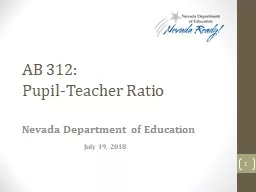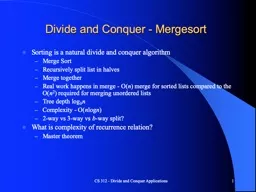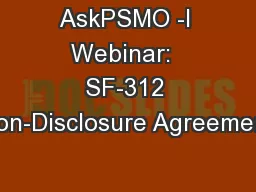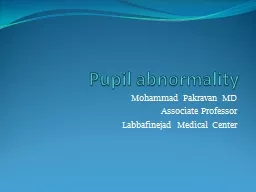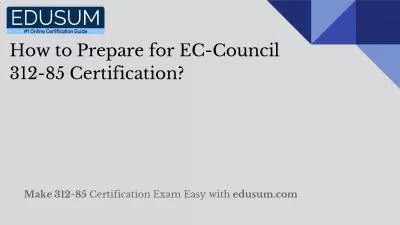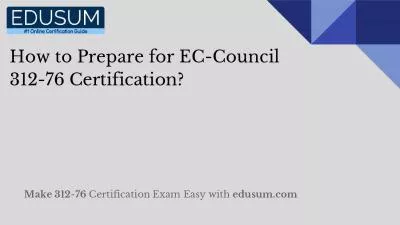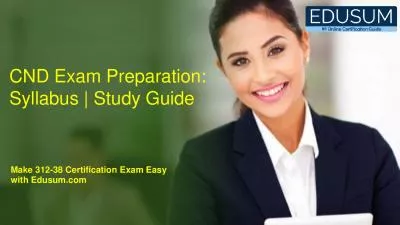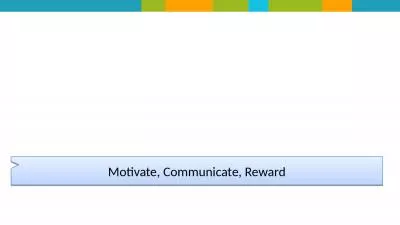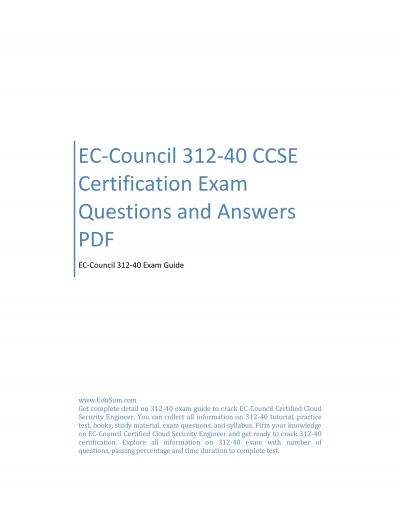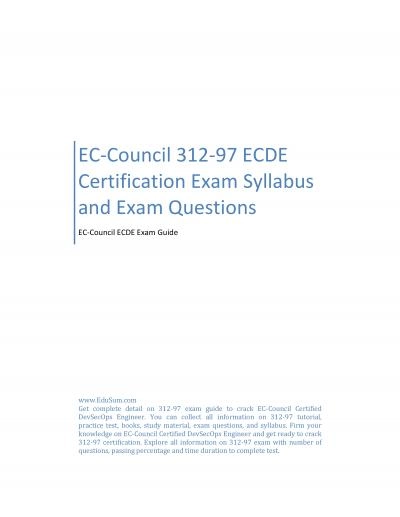PPT-AB 312: Pupil-Teacher Ratio
Author : kittie-lecroy | Published Date : 2018-11-09
Nevada Department of Education July 19 2018 1 What is AB 312 AB 312 2017 The State Board is to develop nonbinding recommendations for the ratio of pupils per
Presentation Embed Code
Download Presentation
Download Presentation The PPT/PDF document "AB 312: Pupil-Teacher Ratio" is the property of its rightful owner. Permission is granted to download and print the materials on this website for personal, non-commercial use only, and to display it on your personal computer provided you do not modify the materials and that you retain all copyright notices contained in the materials. By downloading content from our website, you accept the terms of this agreement.
AB 312: Pupil-Teacher Ratio: Transcript
Download Rules Of Document
"AB 312: Pupil-Teacher Ratio"The content belongs to its owner. You may download and print it for personal use, without modification, and keep all copyright notices. By downloading, you agree to these terms.
Related Documents

